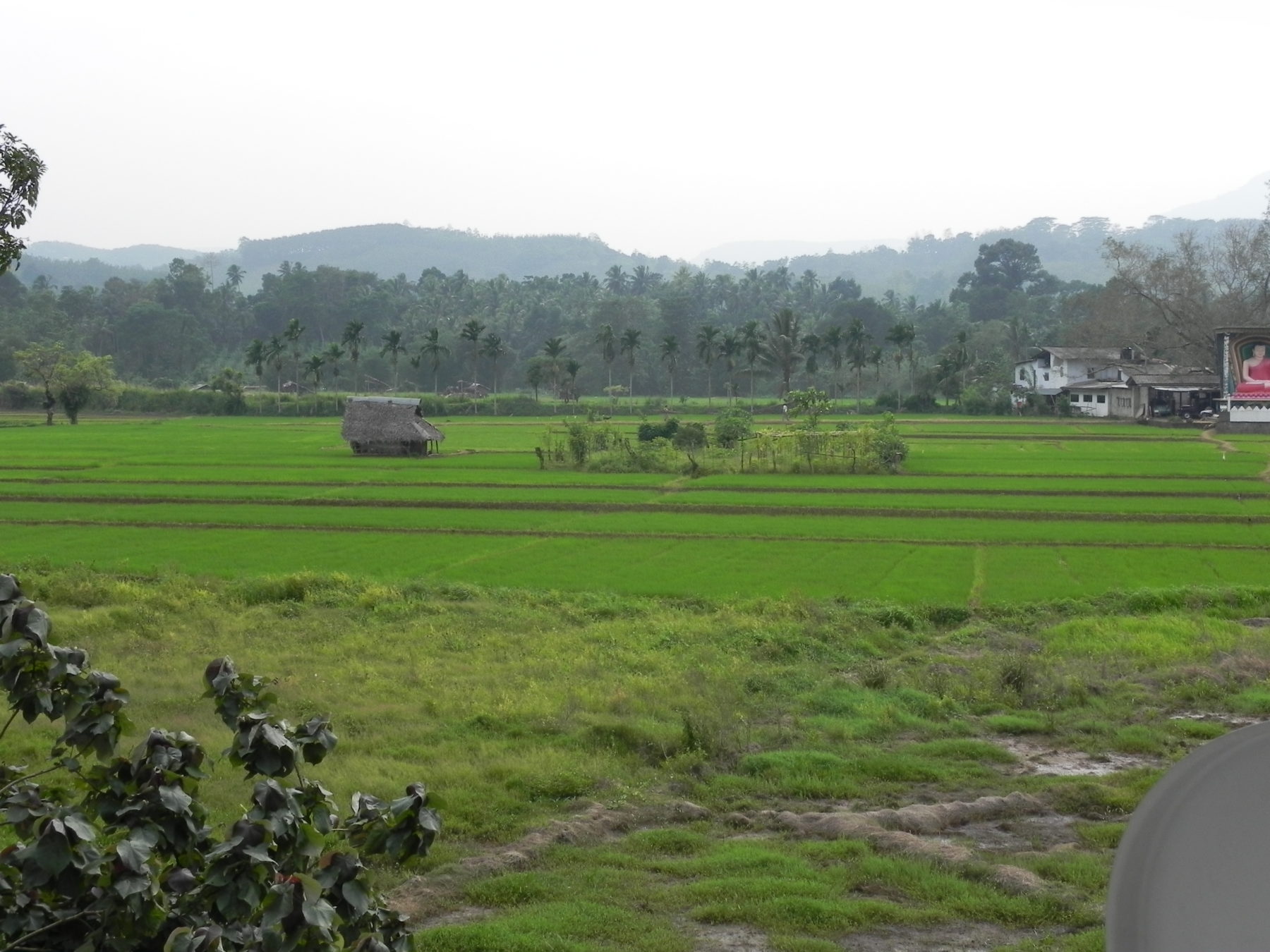Sometimes we don’t recognize a miracle when it’s staring us in the face (we’ve all done it, right?). While in Sri Lanka, we were reminded what a marvelous phenomenon Blue Sapphire is. One of the world’s smallest miracles is one of its most demanding to create, yet one of its most rewarding to see. Here’s a few reasons why…

1. Sunny with a chance of crystallization.
The conditions for Sapphire to form are complicated, extreme, and rarely occur together. When the proper pressure, temperature, and elements come together, they don’t often stay very long. This is why we find many small Sapphires, but there wasn’t enough time for a large one to form before the atmosphere changed again. If they’re really small or fragile, they often crumble on their foray into the world. Hence, the larger the Sapphire, the greater the miracle.

2. Must dress for all kinds of weather.
Sapphires formed ages ago during metamorphic activity in the Sri Lankan mountains. In the centuries since, they have been traveling down the mountains via rivers and waterways, finding their way to the bottom and settling in the twists and turns of today’s rivers and lakes. Only if the crystal was strong enough internally to endure the harsh transportation down the mountain do we even get the chance to see it. We will never know how many Sapphires disintegrated during their trip from the mountain peaks.

3. Must make friends with Titanium and Iron and kick Silicon out the door.
This is what makes Sapphire in its blue variety so remarkable. Sapphire cannot form when Silicon, the 2nd most common element in the earth’s crust, is present. Goal 1: Get rid of Silicon. Goal 2: Find some Titanium and Iron at the same time in the same place. Titanium and Iron work together to create the legendary Cornflower blue color of Sri Lankan Sapphires. Sometimes the Titanium and Iron didn’t stick around for very long and then they were back again. In the crystal below, blue is present in part of the crystal and not in the rest.





